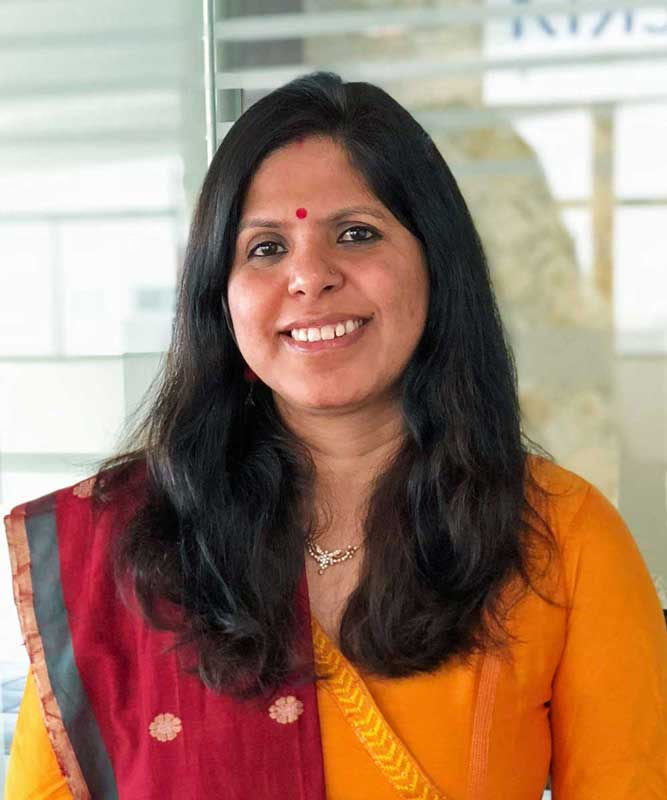Smart Cities Get Smarter: Building Urban Resilience with Digital Twins
Cities are messy, complicated systems. Add a new subway line and traffic patterns shift in unexpected ways. Change zoning laws and suddenly you're dealing with parking shortages nobody predicted. Build a new development and the power grid gets strained in ways the original capacity study didn't anticipate.
Urban planners have always worked with incomplete information. They rely on traffic studies that are months or years old by the time any project actually breaks ground. Population projections that might be accurate or might be way off. Infrastructure data that's scattered across different departments using incompatible systems.
Smart city digital twin technology is trying to change this by creating virtual models that actually stay current with what's happening in the city right now. Instead of planning based on old data, you're working with information that reflects current conditions.
The idea is shifting urban planning away from static blueprints toward something more like simulation, where you can test changes virtually before committing millions to physical construction.
What is a city digital twin?
A city digital twin takes data from sensors throughout the city and feeds it into a virtual model. Traffic cameras, air quality monitors, utility meters, transit tracking, building systems, all continuously updating the model with real conditions.
The model doesn't just collect this data, it simulates how different city systems affect each other. Traffic congestion impacts air quality. Construction detours create bottlenecks that spread through the whole transportation network. Weather affects power consumption across entire districts.
Getting all this information into one unified view helps planners spot connections that get missed when every department manages its own data in isolation.
Smart infrastructure management using digital twins
The practical benefit is testing ideas before implementing them. Smart infrastructure management gets more effective when you can model what's likely to happen rather than just hoping your plans work out.
Urban Planning and Development
An urban planning digital twin lets you simulate how new construction affects existing infrastructure before anything gets built. Will a new apartment complex overload the sewage system? How much additional traffic will hit already congested intersections?
Testing these scenarios virtually costs a lot less than discovering problems after construction is done. The model can compare different approaches to find what works best given actual constraints.
Emergency Response and Resilience
Cities can simulate crisis scenarios to see how emergency plans hold up. What happens if a water main breaks during morning rush hour? Can evacuation routes handle a building fire downtown at 5 PM on a weekday?
Running these simulations reveals gaps in coordination between fire, police, and utilities that might not be obvious from reading procedures on paper. Better to find these problems virtually than during actual emergencies.
Traffic and Mobility Optimization
Traffic data analysis reveals why congestion develops and where it comes from. Maybe an intersection signal timing hasn't been updated in a decade. Maybe construction reroutes create unexpected bottlenecks three blocks away.
The digital twin lets planners test solutions before putting them on actual streets. Adjust signal timing virtually first, see if it helps, then implement changes that actually work.
Of course, this only works if the model has good data. Sensor coverage gaps or outdated infrastructure information means the simulation doesn't match reality, which makes predictions unreliable.Click here to learn more about advanced digital twins and how they are being used by real businesses.
Frequently Asked Questions
What is a digital twin city platform?
A digital twin city platform is basically the software that runs everything. It pulls together data from traffic systems, utilities, sensors all over the city, then provides tools for simulating scenarios and analyzing results. Think of it as the operating system that makes the virtual city model actually functional for planners and city operators.
What is an example of a digital twin smart city?
Singapore has probably the most comprehensive implementation with their "Virtual Singapore" project. They use it for planning infrastructure, figuring out optimal solar panel placement, simulating crowd flow for events, testing transportation changes virtually.
Helsinki, Dubai, and Shanghai have built similar systems though they vary in scope. Some cities model everything, others focus on specific infrastructure types or districts.
What is a cyber digital twin?
A cyber digital twin models the city's digital infrastructure rather than physical stuff. It simulates how cyberattacks might spread through city networks, finds weak points in the system, shows what happens when critical digital services fail.
This matters more as cities rely on interconnected systems for basic services. An attack on traffic control or utility management systems could cause real physical problems beyond just data breaches.
Kavita has been adept at execution across start-ups since 2004. At KiKsAR Technologies, focusing on creating real life like shopping experiences for apparel and wearable accessories using AI, AR and 3D modeling


